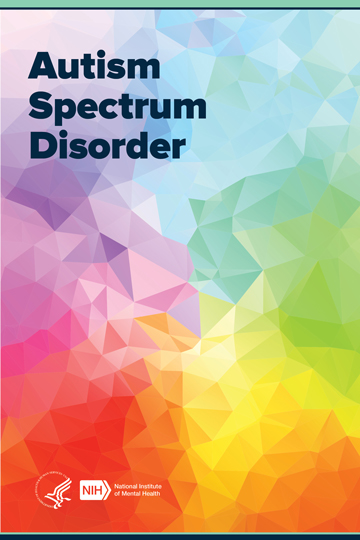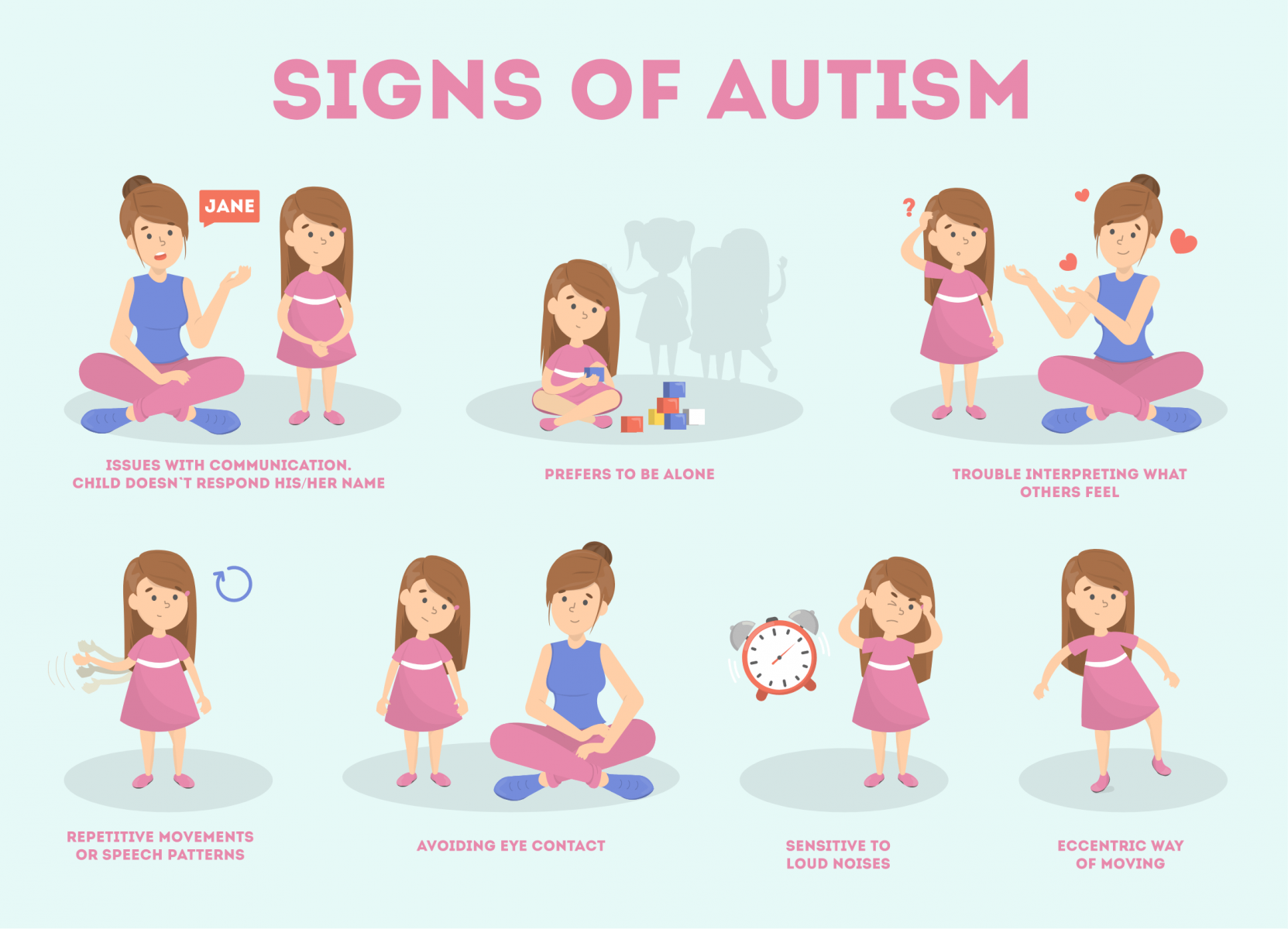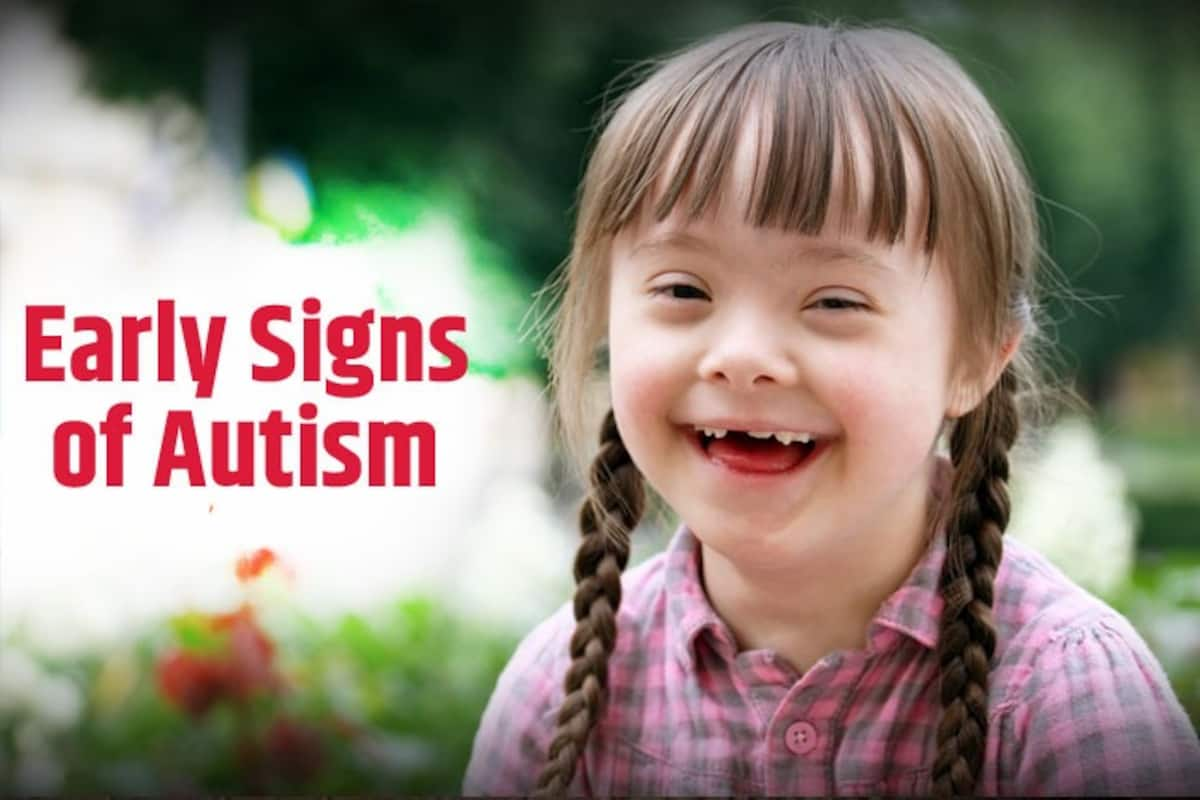The Value of Household Assistance in the Journey with Autism
The Value of Household Assistance in the Journey with Autism
Blog Article
Discovering Autism: Strategies for Effective Communication and Communication
Efficient communication and communication with individuals on the autism spectrum necessitate an extensive understanding of their unique requirements and preferences. Methods such as utilizing clear language, using visual supports, and cultivating constant routines can significantly enhance interaction and lower stress and anxiety. In addition, acknowledging the importance of non-verbal signs and shared interests paves the method for purposeful links. The complexities of these techniques reveal more factors to consider that merit exploration, specifically in just how they can be adjusted to specific experiences and diverse contexts. What might these adjustments look like in technique?
Recognizing Autism Spectrum Disorder
Autism Spectrum Problem (ASD) includes an array of neurodevelopmental conditions characterized by obstacles in social communication, interaction, and repetitive actions. The term "spectrum" reflects the varied indications and differing degrees of intensity experienced by people with ASD. While some may display significant disabilities, others might show high-functioning traits, permitting for better independence in life.
The beginning of ASD commonly takes place in very early childhood, with signs often identifiable by age two. Very early indicators may include postponed speech development, limited eye call, and troubles in understanding social cues. The specific etiology of ASD remains uncertain, research recommends a combination of hereditary and ecological elements plays a vital function in its development.
As a result, interventions and assistance tailored to private demands are important for promoting communication and social abilities. Identifying the complexity of ASD is important for promoting recognition, approval, and efficient strategies that assist in purposeful communications with people on the spectrum.

Value of Clear Interaction
Reliable communication is essential for fostering understanding and connection, specifically for people with Autism Spectrum Disorder (ASD) Clear communication not just promotes social interactions yet likewise boosts the individual's capacity to share their emotions, demands, and thoughts. For individuals with ASD, the nuances of language can often be testing; for that reason, making use of distinct and simple language is essential.
Moreover, clear interaction helps lower aggravation and anxiousness that may emerge from misconceptions. When messages are shared in a direct and constant manner, individuals with ASD are better outfitted to analyze info accurately, which can considerably boost their social interaction and involvement in various settings.
Developing regimens and using visual assistances can further strengthen clear interaction. These strategies provide individuals with foreseeable structures that aid understanding and retention of details. Additionally, proactively paying attention and being client during communications promotes a helpful atmosphere where people with ASD really feel valued and recognized.
Eventually, prioritizing clear interaction not just equips people with ASD however also fosters even more meaningful connections with their peers, caregivers, and the broader area, leading the way for joint partnerships and inclusive communications. - autism
Non-Verbal Communication Methods
Communication expands beyond words, and for people with Autism Spectrum Condition (ASD), non-verbal cues play a substantial duty in interactions. Non-verbal interaction techniques can include faces, gestures, body movement, and eye call, all of which function as important components for sharing purposes and feelings.
Recognizing and translating these non-verbal signals can enhance interactions with people with ASD. For instance, a cozy smile or open stance can produce an inviting atmosphere, urging engagement. Similarly, making use of visual aids-- such as picture cards or signs-- can link communication voids and help communicate messages a lot more efficiently.
It is also essential to be mindful of personal room, as individuals with ASD may have different convenience degrees pertaining to proximity. Observing their reactions to physical distance can inform suitable changes.

Creating Helpful Settings
Developing a supportive setting is crucial for cultivating positive interactions and enhancing the well-being of individuals with Autism Spectrum Disorder (ASD) Such settings can considerably lower stress and anxiety and create a sense of security, enabling people to express themselves extra openly.
To accomplish this, it is vital to think about sensory sensitivities that individuals with ASD might experience. Customizing the physical room to include soft illumination, minimal history noise, and comfortable seats can produce a soothing ambience. Additionally, making use of constant regimens and clear visual schedules can help people anticipate transitions and minimize unpredictability, more advertising convenience.
Social spaces should be structured to reduce overwhelming stimuli while giving chances for engagement in recommended activities. Helping with locations designated for peaceful time check these guys out can likewise work as a haven during minutes of stress. Notably, including elements of selection equips people, enabling them to exercise company in their environment.

Motivating Social Communications
Fostering social communications amongst individuals with Autism Range Problem (ASD) calls for deliberate approaches that focus on convenience and interaction. Establishing predictable routines can assist decrease stress and anxiety, making social settings extra approachable. Producing structured settings with defined obligations and functions permits people to engage without the frustrating pressure of unstructured social characteristics.
Incorporating interests and toughness right into social tasks can function as a stimulant for communication. For instance, arranging group activities around shared pastimes or topics of fascination can help with natural conversations and connections. In addition, making use of visual supports, such as pictorial routines or social manuscripts, can aid in understanding social cues and assumptions.
Designing suitable social actions is crucial - autism. Peers and adults ought to show efficient interaction strategies, consisting of active listening and turn-taking. Role-playing circumstances can additionally supply a secure space for individuals to exercise these skills
Finally, cultivating peer partnerships with comprehensive methods is vital. Urging inclusive playdates or group outings can produce opportunities for socializing in a comfortable setting. By implementing these educators, caretakers and approaches can significantly enhance social communications for people with ASD, promoting their overall social growth and well-being.
Conclusion
In final thought, effective communication and communication strategies are important for supporting people with Autism Range Problem. Stressing clear language, incorporating non-verbal signs, and establishing predictable routines significantly boost engagement and decrease anxiousness. Producing encouraging settings promotes risk-free social interactions, while motivating shared passions promotes meaningful links. Ultimately, these methods empower people with autism to browse social landscapes, promoting their total wellness and enabling the growth of long-term connections.
Reliable interaction and communication with people on the image source autism spectrum require a comprehensive understanding of their special requirements and preferences. Clear interaction not only helps with social interactions however likewise enhances the individual's ability to reveal their ideas, emotions, and requirements.Promoting social communications among people with Autism Spectrum Condition (ASD) needs deliberate techniques that focus on convenience and engagement. By implementing these instructors, caretakers and approaches can substantially enhance social interactions for people with ASD, advertising their total social growth and health.
In conclusion, effective communication Continue and interaction approaches are important for supporting individuals with Autism Spectrum Condition.
Report this page